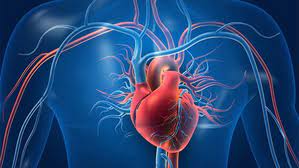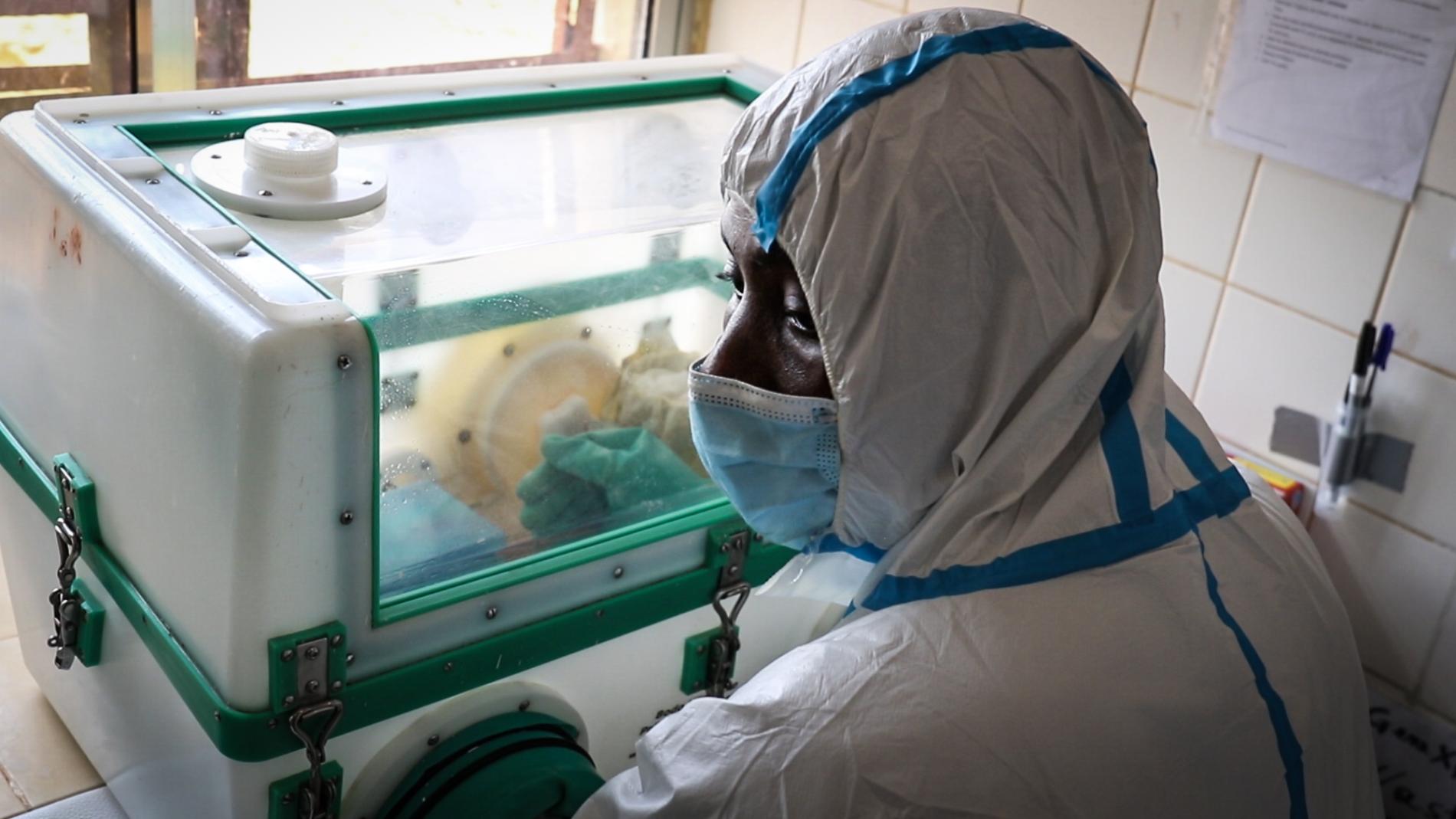A recent study published in JAMA Cardiology sheds light on the alarming prevalence of cardiac arrhythmias among climbers tackling the world’s highest peak, Mount Everest. The findings, derived from the SUMMIT study led by Kunjang Sherpa, MD, DM, from the Department of Cardiology at the National Academy of Medical Sciences, Bir Hospital, Kathmandu, Nepal, reveal a concerning association between exposure to high altitude and the occurrence of cardiac rhythm disturbances.
The SUMMIT study, conducted on 41 healthy men with a mean age of 33.6 years, employed various cardiac monitoring techniques including 12-lead ECG, transthoracic echocardiography, and exercise stress tests. The climbers were monitored both before and during their expedition on Mount Everest, with a focus on detecting arrhythmias. Notably, none of the participants displayed signs of cardiac arrhythmia at baseline.
Among the 34 climbers who reached the Everest basecamp at 5300 meters, 32 ascended to heights exceeding 7900 meters, and 14 successfully reached the summit at 8849 meters. Shockingly, the study documented 43 instances of bradyarrhythmias, such as sinoatrial arrest and atrioventricular block, affecting 13 climbers, representing a staggering 38.2% incidence rate. Additionally, two climbers experienced tachyarrhythmic events, with one encountering nonsustained ventricular tachycardia during descent and another facing a slow monomorphic sustained ventricular tachycardia during ascent.
The study emphasized that most rhythm disturbances occurred at altitudes below 7300 meters, where climbers typically forgo supplemental oxygen. Conversely, fewer incidents were observed among those using supplemental oxygen, despite higher altitudes.
Commenting on the implications of these findings, the authors stressed the need for further exploration of the observed rhythm disturbances in future studies.
Despite the valuable insights provided by the SUMMIT study, certain limitations must be acknowledged. The modest sample size and the exclusive inclusion of male climbers with prior exposure to extreme altitude may have influenced the results, warranting cautious interpretation.
The research received support from the Swiss Polar Institute, with wearable continuous ECG patches provided by ATsens, Seongnam, Republic of Korea. Notably, Kunjang Sherpa disclosed no relevant conflicts of interest.
As mountaineering continues to attract enthusiasts seeking to conquer Everest, the implications of this study underscore the importance of cardiac health awareness and precautions for those undertaking such extreme endeavors.












